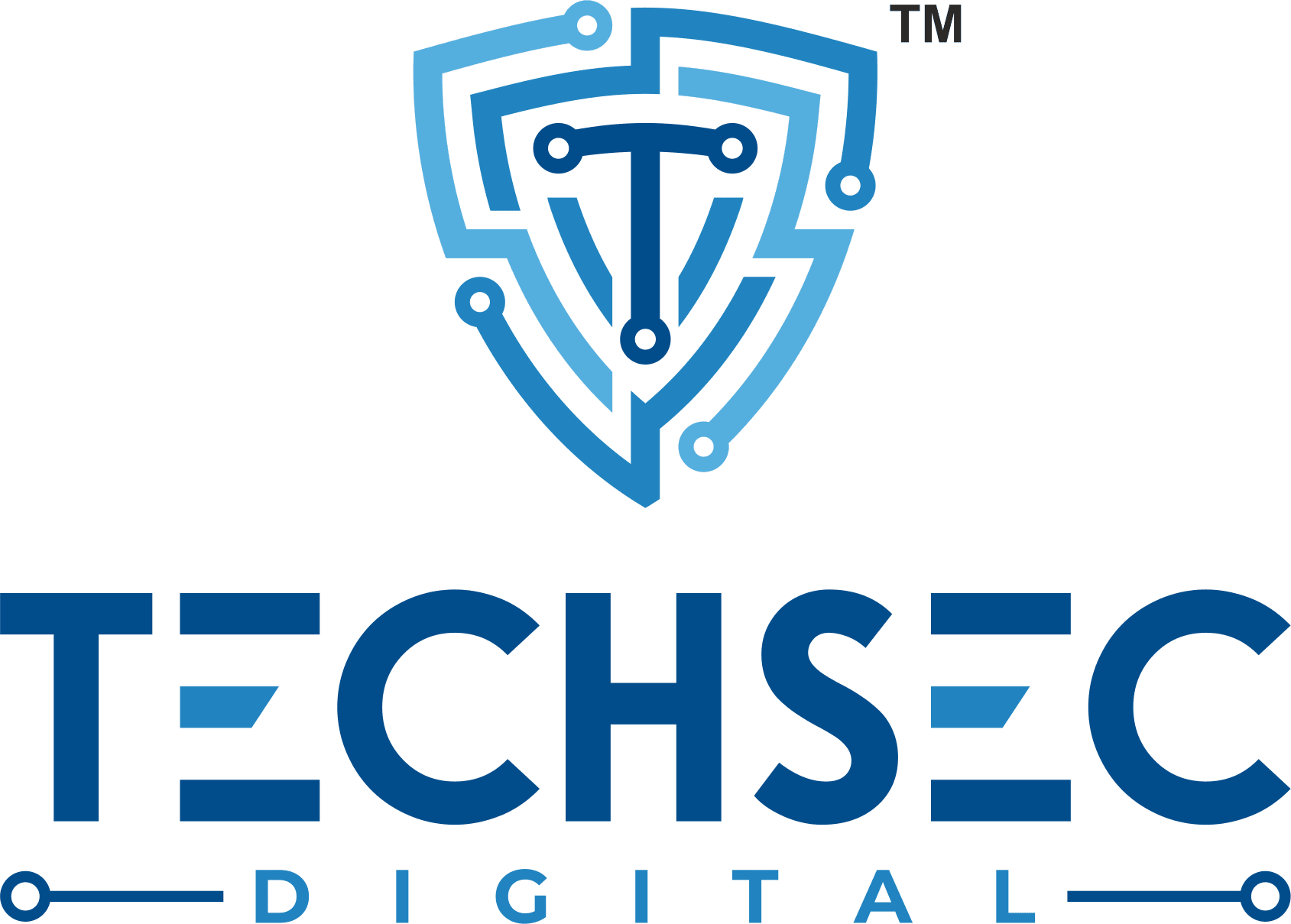WELCOME TO TECHSEC DIGITAL GLOBAL PRIVATE LIMITED
Digital Transformation and Automation
- Home
- Digital Transformation and Automation



Our Solution Offerings
Digital Transformation and Automation
The Future of Work is to build digital workplace, strategies, framework, models, AI workforces to improve the overall Organizations productivity and maximize the Return on Investments.
With the objective of automating as many manual processes as possible, businesses are turning to the principles of BPA to foster improvement. Each industry has different BPA needs, but BPA can improve every industry.
As a BPA consulting and implementation partner for more than 5+ years across 10+ industries and covering most job functions, our consultants follow a simple 4-step execution strategy to ensure maximum benefits of automation is obtained. It is guaranteed to achieve self-funding business improvement within months -start-to-finish.
Step 1
PROCESS ANALYSIS
- Effective automation is as much about good business process design as is it is about the robotics.
- Given both transactional & decision needs in any process, some quick automation wins are easily done on the transactional part which is more time-consuming repetitive task.
Step 2
SPONSORSHIP
- Quantify the benefits, and implementation work plan. Provide outline that delivers the most benefits for the associated fee.
- Secure the dedication of influential senior executives to guarantee the triumph of the project.
Step 3
IMPLEMENTATION
- Implement in two iterations each of few weeks. First iteration takes into account all inputs & covers all the outcomes. Second iteration covers exception cases, further validations & live runs.
- This allows to observe the outcome with an actual process in real-time.
Step 4
FINE-TUNING & EXTENSION
- This is often an overlooked area. Automation is not always a one-time activity. There will be changes in the data formats, the process and systems.
- In this last phase, prepare change management plans & ensure the continued benefits of automation.
Along with SARCI, we introduce a simple 3-step adoption model for creating an automation-centric enterprise, where both mundane & intelligent automation spans across physical infrastructure, business management software, operations management, analytics as visualized below. When an enterprise successfully reaches the last step of our model, the enterprise is ready to transition into a more agile-systemic, data-oriented model of operation and fully reap all the benefits of RPA, AI, ML.
THE THREE PROCESS NEEDED
Records - source of all data
Records are continuously created, exchanged & updated within a business. Challenges arise when either the record itself is not captured digitally in a reliable manner or if siloes keep these information in ways that are not inter- linked with each other. Losses due to delayed or incorrect capture of data and failure to inter-link with corporate controls cannot be overstated. This the first layer of automation.
Knowledge - what helps to run the business
The knowledge workers of a business pull data from different sources & apply their knowledge on it to derive meaningful summary. Examples include excel sheets for purchasing plans, calculating sales profit, reconciliation spread-sheets, audit of tax payables etc. Studies show more than 50% is usually repetitive work with little value-add. The second layer of automation.
Analysis - a guide to improve the business
Data is only growing & the efforts to manage it grows even more exponentially. Bring into the mix, the multiple process dependencies and what we have is burnout & errors. Much time however is spent in the collation of data & getting to the trends rather than taking the steps to improve. End result is that there is not much time to actually make the adjustment. The third layer of automation.
AUTOMATION SOLUTION
Transactional Automation
Mini-ERP systems with configured industry standard rules for governance, budgetary control, procurement process, sales & client service, finance and other standard functions ensure a strong foundation. Extended features for automated handling of paper/email/excel/web data & linkage to various process, ensure that the records are kept in a consistent manner for further processing.
Work Intelligence Automation
Capture work knowledge formally in a way that can be replayed independent of the person. Work Bots are configured to validate & collate using standard & custom rules for due diligence, planning & forecast, client service, finance and other standard functions ensure a strong foundation. The Work Bots are optionally used in a supervised manner to exchange data between themselves to mimic actual workflows.
Cognitive Automation
Correlate data gathered from multiple sources to provide one consistent status view with comparative predictive models. Template-based solutions help internal teams meet the demand for rapid results. Focus on exception analysis, creeping deadlines and lateral effects on core business needs like cash-flow to help bring focus quickly to key impact areas.
Techsec Digital Global Pvt. Ltd. is a leading technology, cybersecurity & digital transformation solution provider.
Quick Links
Our Offering
© All Copyright 2025 TECHSEC DIGITAL GLOBAL PVT LTD. Developed By SKYLINE DIGITAL.


